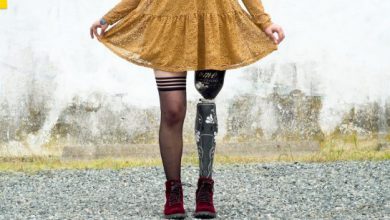Entertainment
Four In Ten People Fail To Tell The Difference Between Fake And Real Photos

Fake news is all over the place. In fact, fake news helped Trump to win the U.S Presidential election. Or at least that is what Hillary Clinton is using as an excuse.
But since it’s almost impossible to regulate the internet, fake news is a real thing and a threat as well. People can easily come up with fake stories that sound real. This is not an internet thing at all. We’ve used manipulation way before the internet was invented.
We can’t stop people for creating fake news or images. But can we recognize what’s fake and what”s real? If you think you can, you shouldn’t be so confident.
Because according to the newest study, four in ten people couldn’t tell a fake picture from a real one.
“Our study found that although people performed better than chance at detecting and locating image manipulations, they are far from perfect”, said Sophie Nightingale, PhD Student and lead author from the University of Warwick.
“This has serious implications because of the high-level of images, and possibly fake images, that people are exposed to on a daily basis through social networking sites, the internet and the media”, she said.
You wanna test your abilities, check the pictures below:

The picture on the right is fake (shadow removed from the glass).

Fake image is the one on the left (shadow manipulation on the tree line).
Around 60 per cent of images were correctly identified as being fake. But people had a problem when they had to locate the manipulations/changes applied to the images.
“We found that people were better at detecting physically implausible manipulations but not any better at locating these manipulations, compared to physically plausible manipulations”, said Dr Derrick Watson.
“So even though people are able to detect something is wrong they can’t reliably identify what exactly is wrong with the image.”
“Images have a powerful influence on our memories so if people can’t differentiate between real and fake details in photos, manipulations could frequently alter what we believe and remember”, he said.
It’s not a surprise to see how people fall for fake stories so easily. According to a study conducted last year, around 80 per cent of students in the US couldn’t tell the difference between real content and sponsored stories.
This is indeed a powerful weapon for advertisers and publishers to increase traffic and revenue through fake news. These stories tend to go viral on viral on Facebook and Twitter, and very few people are actually questioning the source of it.
However, things can go wrong if the strategy of creating fake news is used into politics or other important fields.





